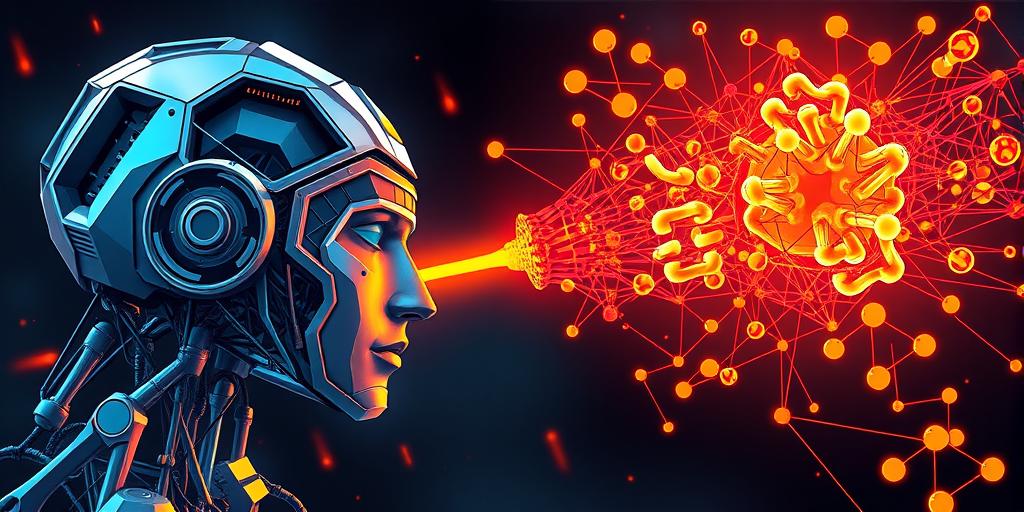Discover the fascinating differences between deep learning and traditional AI! Dive deep into this insightful exploration of how deep learning, a revolutionary subset of AI, surpasses traditional methods in its ability to learn complex patterns from data. Uncover the secrets of neural networks and their impact on various fields, from image recognition to natural language processing. Prepare to have your mind blown as you uncover the game-changing potential of this cutting-edge technology!
Deep Learning vs. Traditional AI: A Tale of Two Approaches
Traditional AI, often based on rule-based systems and symbolic reasoning, requires extensive pre-programming and explicit instruction. It operates on predetermined rules, making it less adaptable to new situations and data variations. Think of it as a very precise, but inflexible, instruction manual. The limitations of such an approach become apparent when dealing with complex real-world scenarios that lack easily definable rules. This is where deep learning steps in, offering a more powerful and adaptive approach.
The Rise of Deep Learning
Deep learning is a branch of machine learning that leverages artificial neural networks with multiple layers to analyze data and extract features automatically. These artificial neural networks mimic the structure and function of the human brain, allowing the system to learn complex patterns and relationships from raw data without explicit programming. This capability makes it significantly more adaptable and powerful than traditional methods. The complexity of these neural networks, with multiple hidden layers, is the “deep” aspect of deep learning, empowering it to tackle problems previously considered intractable for AI.
Neural Networks: The Engine of Deep Learning
Neural networks form the core of deep learning algorithms. They consist of interconnected nodes (neurons) organized in layers: an input layer, one or more hidden layers, and an output layer. The information flows through these layers, with each neuron performing calculations and passing the results to the next layer. The hidden layers are the key to deep learning’s power; they enable the extraction of increasingly complex features from the data, creating a hierarchical representation of information.
How Neural Networks Learn
The learning process involves adjusting the connection weights between neurons, based on the input data and desired output. This process, often referred to as “training,” involves feeding the network vast amounts of data and iteratively adjusting the weights to minimize errors in its predictions. This iterative process allows the neural network to gradually learn complex patterns and relationships in the data.
Deep Learning Applications: A Revolution Across Industries
The impact of deep learning is already being felt across numerous industries. From self-driving cars to medical diagnoses, deep learning is revolutionizing the way we interact with technology and the world around us.
Transforming Industries with Deep Learning
Deep learning excels in tasks requiring image recognition, speech recognition, natural language processing, and more. In healthcare, it aids in disease diagnosis and drug discovery. In finance, it detects fraud and predicts market trends. The applications are vast, and the future promises even more transformative applications, including personalized medicine, advanced robotics, and more intelligent virtual assistants.
Deep Learning’s Future: Exploring Uncharted Territories
The field of deep learning is constantly evolving, with new techniques and architectures continuously being developed. Researchers are actively exploring ways to enhance the efficiency, accuracy, and explainability of deep learning algorithms. The ongoing quest to create even more powerful and adaptable AI systems is pushing the boundaries of what’s possible.
The Ongoing Evolution of Deep Learning
Addressing challenges such as data bias, computational cost, and the “black box” nature of some deep learning models remain key research priorities. However, the future of deep learning is bright, and its potential to solve some of humanity’s most challenging problems is immense. As the technology continues to mature, we can expect to see even more profound and widespread applications.
Ready to take your understanding of AI to the next level? Deep learning is the future – embrace it!




